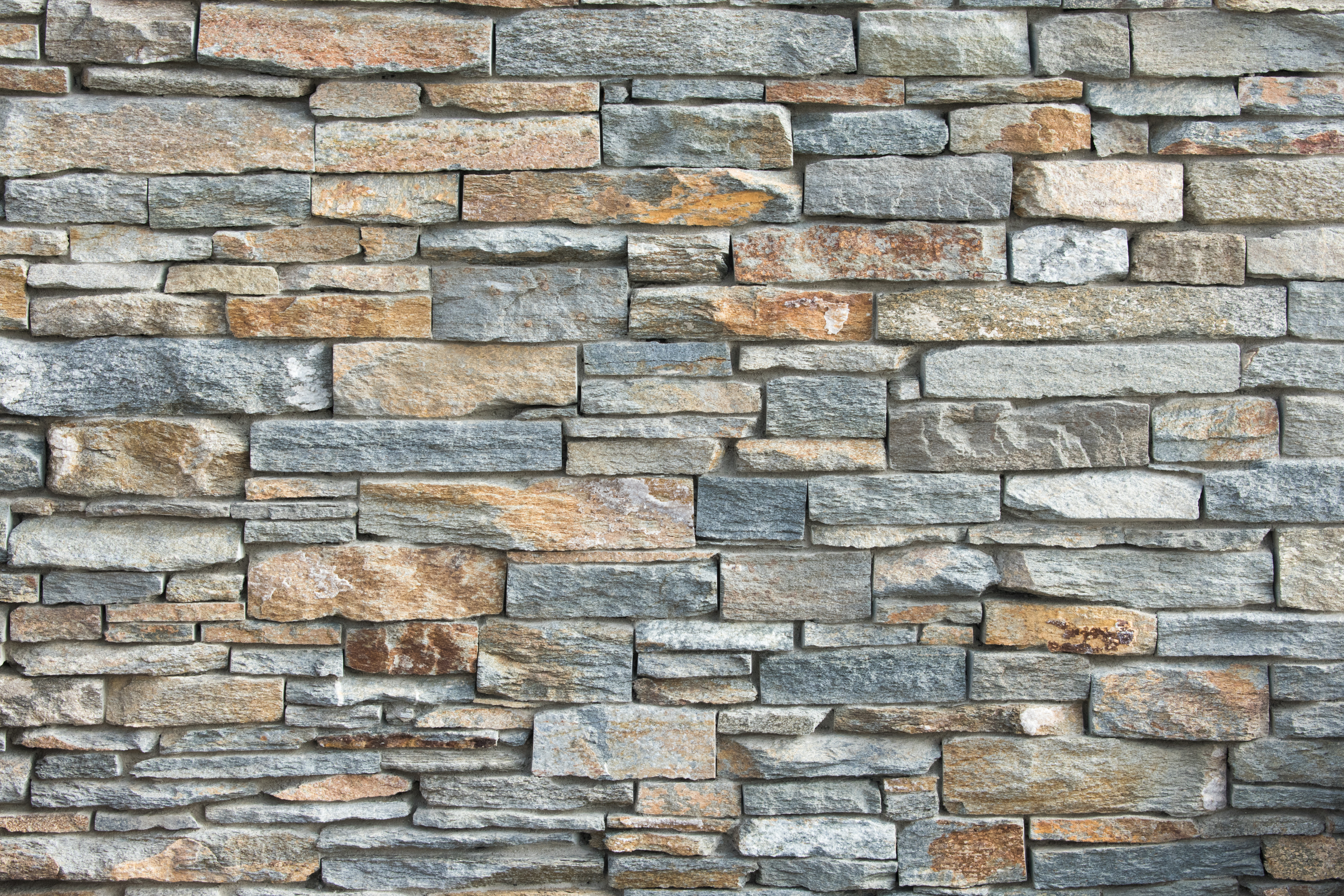Beautify Your Home with Stone Cladding
Stone cladding is durable, attractive, and low maintenance. Here’s what you need to know about this stone alternative.
What Is Stone Cladding?
Stone cladding is also known as stacked stone or stone veneer. It can be made from actual stone or artificial, so-called engineered stone. It’s available in a wide variety of finishes that look like slate, brick, and many other stones. It’s a fast and affordable way to get the look of stone on a wall without the cost or time of a masonry installation.
Benefits of Stone Cladding
Stone cladding has many advantages over other building materials and, in some cases, over masonry stone construction.
• Lightness: Stone cladding is easier to carry and install than natural stone, and it places less pressure on the existing structure. It generally weighs considerably less than natural stone.
• Insulation: Stone cladding is weather-resistant and protective. It helps a building stay warm in winter and cool in summer. Reinforcing the cladding with a steel or aluminum framework, called a honeycomb, makes it able to resist earthquakes and high winds.
• Minimal maintenance: Like stone, stone cladding requires little upkeep to look good for many years.
• Ease of installation: Lightweight cladding is easier to install than stone. It doesn’t require the same heavy equipment that a masonry installation does. This doesn’t mean you can install it yourself, however. Hanging stone cladding requires experience and skill.
• Esthetics: Stone gives any building an elegant look. Cladding can look like quartz, granite, marble, or any natural stone. It also comes in a wide choice of colors. Because you can install it anywhere, stone cladding gives you endless ways to design with stone.
How Is Stone Cladding Applied?
Undercut anchors
This is the usual method for large installations. In an undercut anchor system, the installers drill holes into the back of the stone, insert a bolt and fix the cladding horizontally. This is a good method for soffits and thicker panels.
Kerf method
In this method, installers cut grooves at the top and bottom of the stone. The stone sites on a clasp at the bottom of the cladding panel with a second clasp at the top. This is a fast, easy installation method that is excellent for smaller installations and thinner panels.
Both installation methods use an open-joint design. To mimic the look of real stone, installers point the spaces between the joints with masonry grout.
Where To Install Stone Cladding
• Entry areas
• Bathrooms
• Kitchens
• Sheds
• Freestanding garages
• Patios
• Mailboxes
Are There Disadvantages to Stone Cladding?
While stone cladding is excellent in many cases, it is not ideal for every installation. It also has some disadvantages that stone does not.
• It’s not as durable as a masonry installation.
• Some veneers allow moisture to seep into the joints.
• It can crack under repeated freeze-and-thaw cycles.,
• Unlike natural stone, it is not a sustainable building material.
Contact Capital Masonry to Learn More
If you’re interested in stone cladding or stone veneer, talk to Capital Masonry. We can help you decide whether natural stone or stone cladding is the right choice for your project. As a leading masonry company, we have installed and repaired masonry work for hundreds of satisfied customers in the Maryland, D.C., and Virginia areas. Call us today for all your masonry needs.
